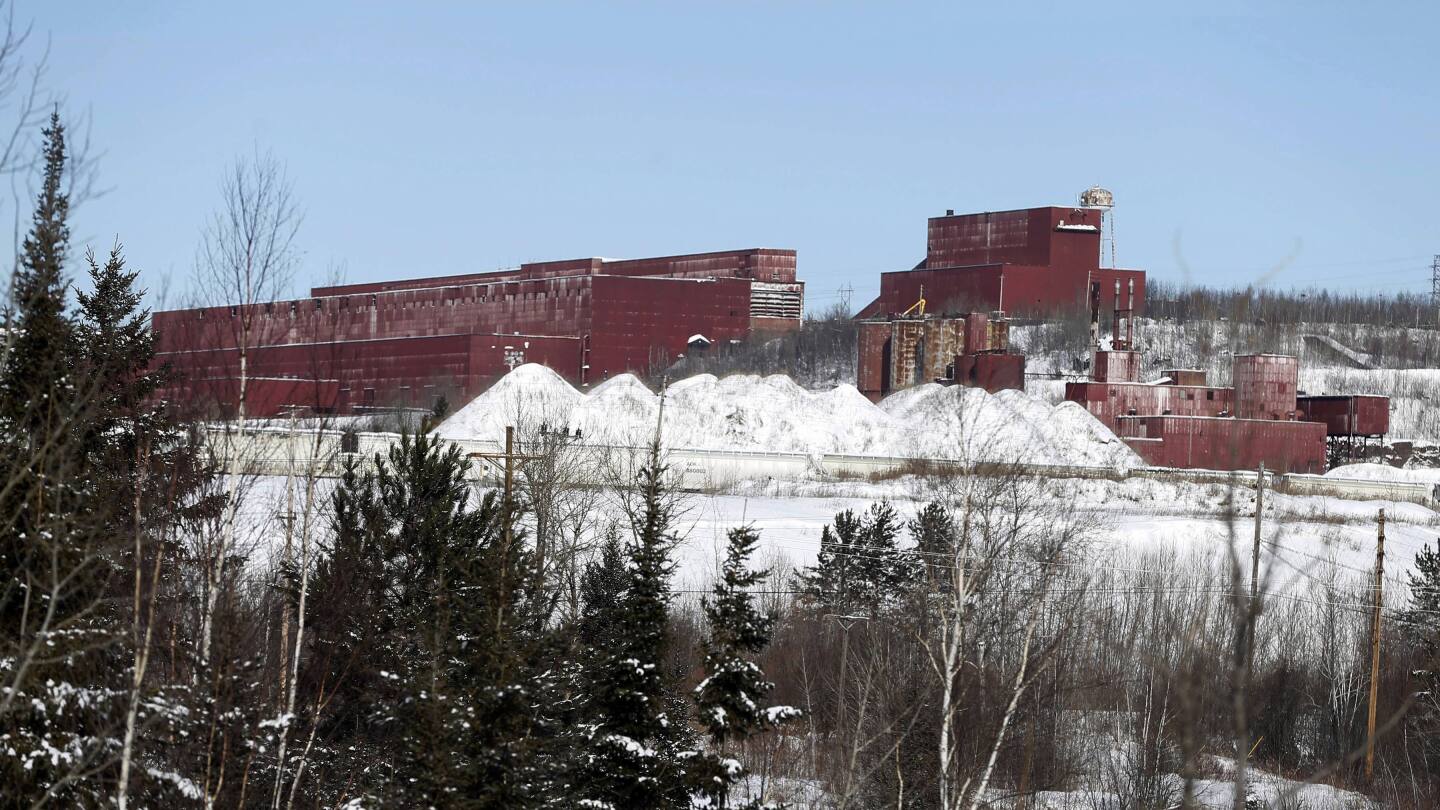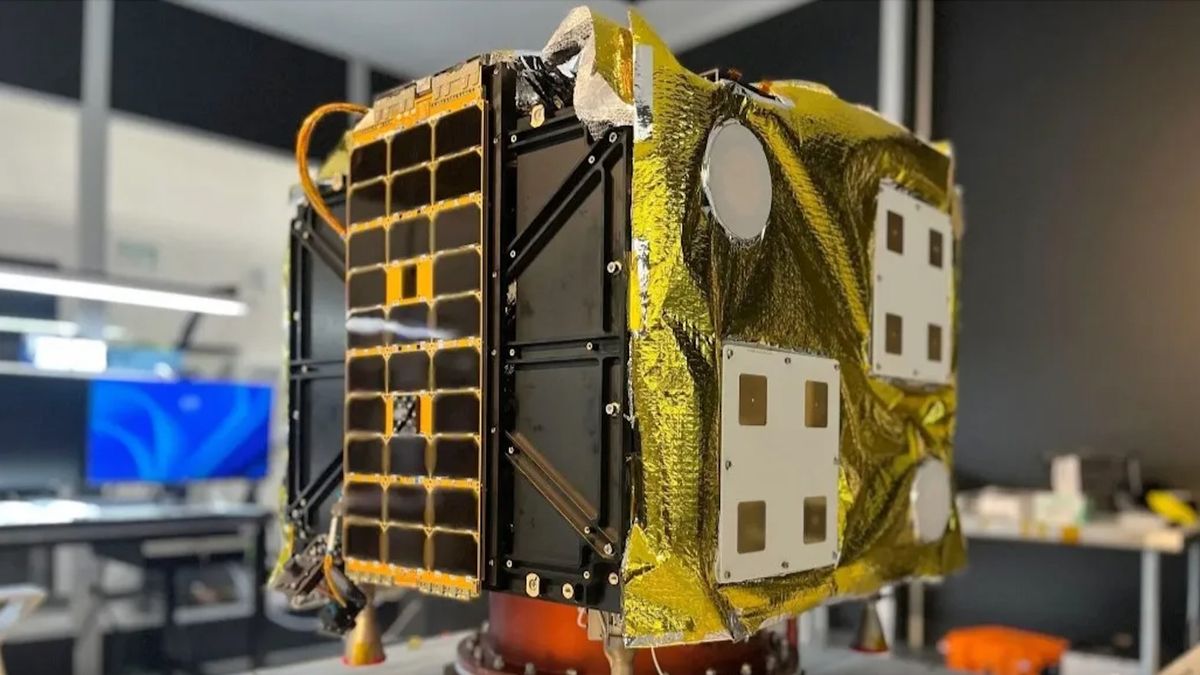
CHEYENNE, Wyo. (AP) — President Donald Trump is moving closer to addressing the major concerns of the U.S. mining sector by designating copper as a key element of his domestic minerals strategy.
From proposed acquisition discussions regarding Greenland, which is rich in minerals, to urging Ukraine to provide minerals in return for military support against Russia’s aggression, Trump has emphasized the importance of essential raw materials in his international policy.
An executive order signed by Trump on Tuesday aims to enhance the domestic copper sector by examining the national security risks associated with imports and considering tariffs as a potential solution.
“The United States has significant copper resources, but our smelting and refining capabilities fall short compared to global competitors,” the order states.
This initiative could signal a new era for copper mining in the U.S., raising concerns for environmental advocates who oppose projects such as the stalled Twin Metals development near Minnesota’s Boundary Waters, a pristine wilderness region bordering Canada.
“The White House acknowledges that America has ‘ample supplies’ of copper. Sacrificing an irreplaceable national treasure for a marginal gain in copper production is both reckless and unwarranted,” criticized Ingrid Lyons, executive director of Save the Boundary Waters, in an email.
Rising Demand for Copper
Copper is as essential as lithium and cobalt for the manufacturing of rechargeable batteries, alongside rare-earth elements for devices like cell phones, LED lighting, and flat-screen televisions. Copper is integral to the wiring and infrastructure that power our modern gadgets.
“Copper is arguably the most critical metal because it is central to electricity distribution,” noted Debra Struhsacker, a consultant for the mining sector. “The demand for electricity will consistently grow, making copper indispensable in this regard.”
Data from the Copper Development Association indicates that U.S. copper production, imports, and exports have varied over the past two decades, yet the persistent gap in domestic smelting capacity compared to the amount mined remains a consistent issue.
Sources of U.S. Copper
In 2024, the U.S. is estimated to produce around 1.1 million tons (about 1 million metric tons) of copper, exporting roughly a third primarily in unrefined forms. Simultaneously, it imported 810,000 tons (approximately 735,000 metric tons), mostly in refined form, according to the U.S. Geological Survey.
Trump’s executive order highlights China as the leading global refiner of copper, possessing more than half of the world’s smelting capacity. However, this does not significantly impact U.S. copper supplies. Notably, around two-thirds of U.S. refined copper imports are sourced from Chile, the top global copper producer, along with smaller amounts from Canada, Mexico, and Peru.
It remains to be seen how demand for copper will shift to accommodate the development of transmission lines and the production of wind turbines and electric vehicles. Some projections suggest that global demand could double by 2030, as highlighted by the National Mining Association.
Even prior to Trump’s new measures for copper, the association expressed optimism over executive orders that promote mining operations. One such order removes regulatory burdens hindering mining and mineral processing, calls for an update to the U.S. Geological Survey’s list of critical minerals, and supports initiatives to explore and extract new mineral sources.
“An emphasis on ‘Made in America’ starts with revitalizing domestic mining and supporting American miners who stand behind this president across the nation,” stated Rich Nolan, president and CEO of the National Mining Association.
Delays in Copper Mining Projects
The mining association has identified several key projects, including:
— The proposed $1.7 billion Twin Metals copper-nickel-cobalt mine, which faces opposition from environmental groups concerned about its potential impact on the Boundary Waters Canoe Area Wilderness, a popular federally protected wilderness region. A recent ruling has dealt a setback to the project by rejecting the reinstatement of mining leases.
— The currently stalled $1 billion NewRange Copper Nickel mine in northeastern Minnesota, which developers are contemplating redesigning to enhance its environmental and economic viability following various legal and regulatory hurdles.
— The controversial Resolution Copper project located at Oak Flat, Arizona, which boasts one of the largest copper ore deposits in the world. This site has become a focal point of contention between those advocating for economic development and Apache tribes who regard the land as sacred. In 2024, an appeals court affirmed a critical land transfer necessary for the mine to proceed.
— The proposed Copper World copper-molybdenum mine in southern Arizona, previously known as the Rosemont mine, which has experienced delays due to a court ruling that restricts how mining companies manage tailings on U.S. Forest Service land under the 1872 Mining Law.
All four of these initiatives are spearheaded by non-American firms, including Hudbay Minerals Inc. based in Toronto, Canada, which is developing the Copper World project.
Utilizing Existing Mining Operations
Rob Peters, executive director of Save the Scenic Santa Ritas, a group opposing the Copper World project, argues that the federal government should adopt a national strategy that prioritizes environmental protection and public health. This would involve maximizing production at existing mines that are not operating at full capacity rather than exploring new territories. “That seems logical, right? But there’s currently no framework for that. Instead, it feels like the Wild West, where companies, many of which are foreign in Arizona, simply decide where they can maximize profits. Their decision-making is solely profit-driven,” Peters remarked.
Decades ago, Arizona was the leader in copper production globally, but its ranking has since dropped to fifth.
According to Struhsacker, the industry consultant, a lack of governmental coordination has hindered permitting processes and impeded the progress of mining developments. She noted that Trump’s executive orders acknowledge the necessity to streamline the permitting process.









